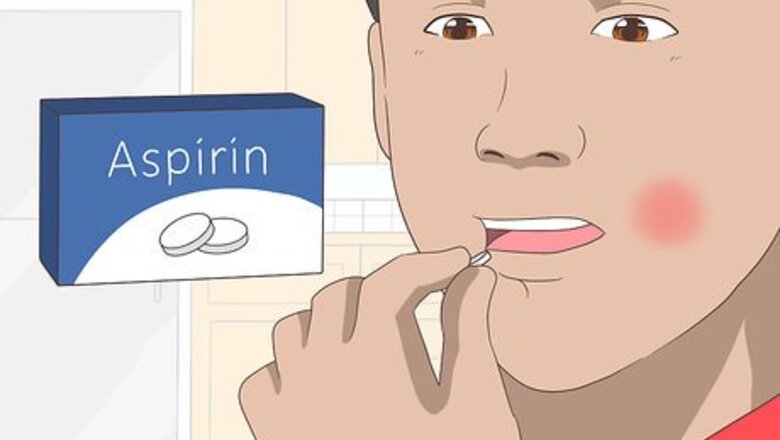
views
Soothing Pain Quickly (Easy Methods)
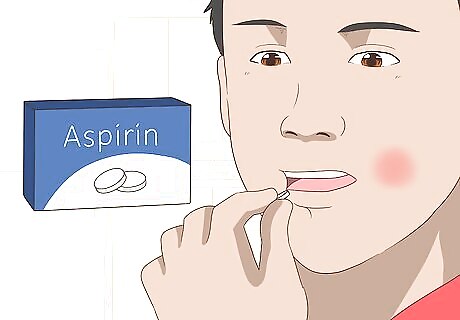
Take an over-the-counter painkiller. Non-steroidal anti-inflammatory drugs (NSAIDs) such as aspirin and ibuprofen provide quick, effective relief for most minor toothaches. Tylenol is also a good over-the-counter medication. Having a throbbing tooth can impede your ability to eat, speak, and get to sleep. It's also more difficult to treat the toothache when you're in pain, so getting some relief from an over-the-counter pain medicine can help. If the pain is intense and/or you can feel it radiating to other neighboring areas such as your ear, head, or throat, then an emergency appointment to your dentist is necessary. Use only the recommended dosage printed on the package, or the dosage recommended by your doctor.
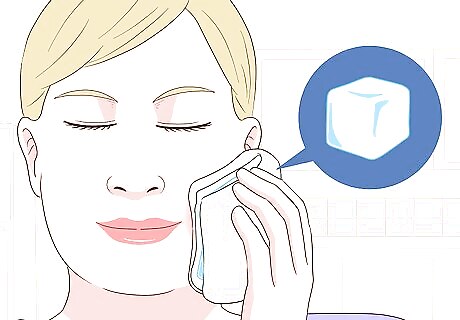
Apply a cold compress. Fill a food storage bag with ice, cover it with a thin cloth or paper towel, and apply it directly to the tooth or the cheek area just outside the tooth. The cold temperature will help ease the pain. Using an ice pack instead of a bag will have the same effect, but be sure to cover it with a towel. There are cases of pulpitis when the pain calms down with a warm temperature. If the pain increases with the cold pack, switch to a warm compress. Do not apply the ice directly to the tooth. This will increase the pain, especially since teeth inflamed by toothaches are often quite sensitive to hot or cold temperatures.
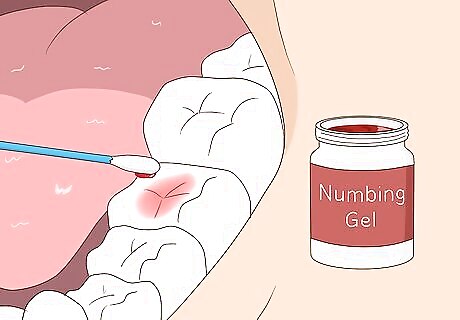
Numb the area. Buy an over-the-counter tooth and gum numbing gel to help ease the throbbing. These gels are applied directly to the affected area and usually work for several hours. Saliva may dilute the effects of the gel and spread it down your throat or over your tongue, so do not swallow any.
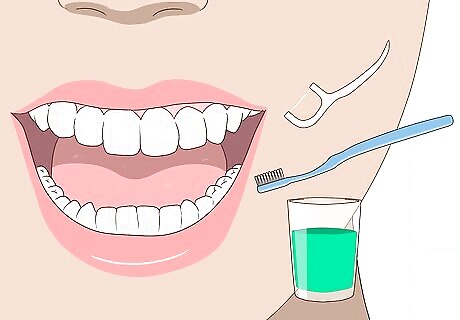
Clean your mouth thoroughly. Sometimes, toothaches are caused by small pieces of food that have gotten lodged in the tooth and are exacerbating the pain of cavities or gingivitis. When this is the case, thoroughly cleaning your mouth can go a long way toward eliminating the pain and making the problem go away. Floss around the tooth. Make sure the floss goes up to your gums. Sweep it back and forth across the tooth so that it picks up any particles that have lodged there. Brush the area. If your ache is caused by gingivitis, this is one of the best ways to ease the pain. Brush your teeth for several minutes, concentrating on the painful area. Keep brushing until the area no longer feels as sensitive. Use a rinse. Finish the cleaning by using mouthwash to rinse away dislodged particles. Or, pour a few drops of bee propolis into a half of a glass of water and use this to rinse your mouth. Keep it up. Use this routine twice a day, every day, and keep using it after the pain subsides.
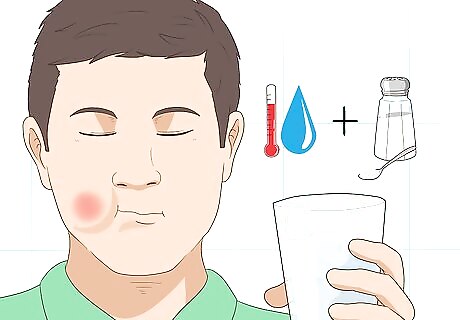
Use a sea salt rinse. A toothache caused by a blow to the tooth or a mild infection might go away on its own. To help it along, make a rinse with warm water and a spoonful of sea salt. When the salt dissolves, gargle the water in your mouth, making sure it splashes around the affected area. Repeat several times daily until the pain subsides.
Medical Treatments
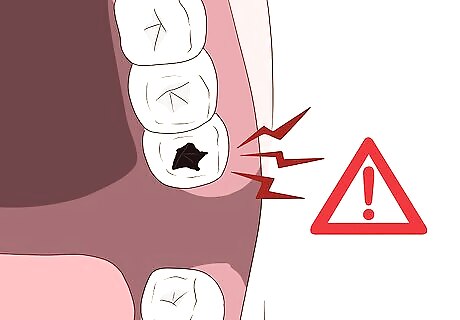
Know when to see the doctor. If the toothache is caused by a major infection or tooth decay, it won't go away on its own. See a doctor or dentist if you experience the following symptoms along with the toothache: A fever and chills. This could be a sign that the infection is serious and the symptoms will get worse. Discharge. Again, you don't want to risk letting a bad infection get worse. Pain that grows worse and won't go away, even after taking medication. You could have a cavity that gets worse after every meal. The pain is in a wisdom tooth. Many people have to get their wisdom teeth removed if the teeth grow in at an angle that crowds the mouth. You have trouble swallowing or breathing, which may be caused by an abscess.

Get a filling. If you have a cavity that is exposing the nerves of your teeth, leading to pain, the dentist may decide to put in a filling to protect the nerves in the pulp from getting overstimulated.

Get a root canal. If you have a dental abscess, which happens when the pulp of the tooth gets infected, a root canal will be performed. The dentist cleans the inside of the tooth to get rid of the infection. Since this procedure may be painful, the mouth is numbed with local anesthesia beforehand, especially if the dentist performs a surgical drainage of the abscess through the gum.
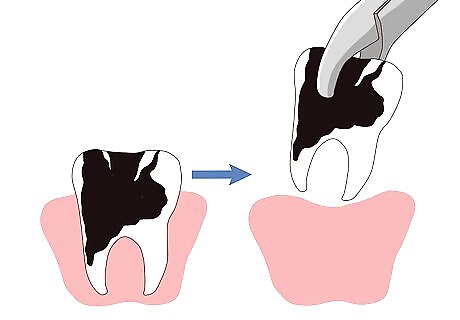
Get a tooth extraction. In some cases, the tooth is damaged beyond repair and the best course of action is to get it taken out. In the case of baby teeth, an extraction is almost always performed since the teeth are going to fall out eventually anyway. Adults who get an extraction often get bridges or dental implants to make up for the lost tooth. In the case of wisdom teeth, tooth extraction is almost always performed because the functional advantage of keeping them is low and the position of the tooth does not allow for a proper root canal treatment. In some cases, when patients are scared or the wisdom tooth is severely impacted, patients are put under general anesthesia. Recovery takes a week or so.
Using Alternative Methods
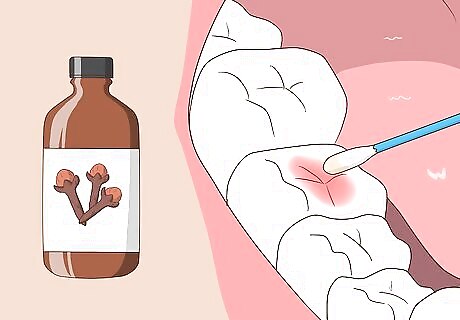
Apply clove oil. This is a home remedy that is said to cure (or at least ease the pain of) a toothache until it goes away on its own. Rub a few drops on the affected tooth several times daily until the ache goes away. Clove oil can be found at most drug stores.

Try hard liquor. This time-worn home remedy eases the pain of a toothache, but it probably won't cure it. Still, it's a useful trick when the ache is caused by a blow or a mild infection that will go away after a few days. Pour some whisky or vodka on a cotton ball and apply it to the affected tooth. If the gums become red or irritated, stop using this method.
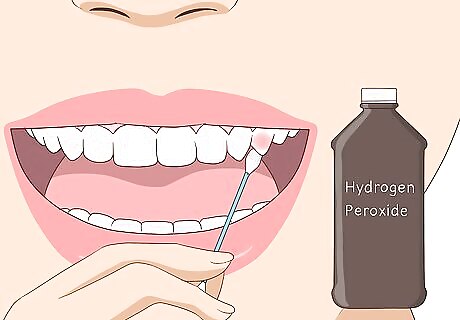
Clean with hydrogen peroxide. This procedure will clean the area and can help to ease the pain. Be sure to rinse your mouth with water afterward and absolutely refrain from swallowing the peroxide. Create a mixture of equal parts water and hydrogen peroxide and swish it around your mouth to rinse the affected tooth. Spit out the mixture and rinse your mouth with water.
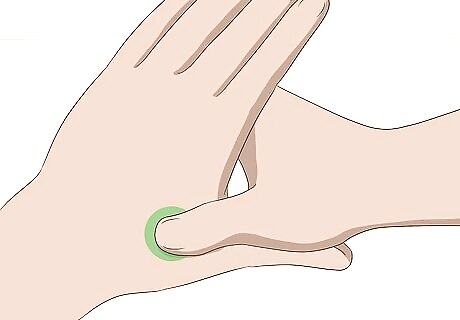
Try an acupressure technique to stop tooth pain fast. With your thumb, press the point on the back of your other hand where the base of your thumb and your index finger meet. Apply pressure for about two minutes. This helps trigger the release of endorphins, the brain’s feel-good hormones. Note that this is considered an alternative treatment and more study is needed to prove its efficacy. However, there is no harm in trying this method.
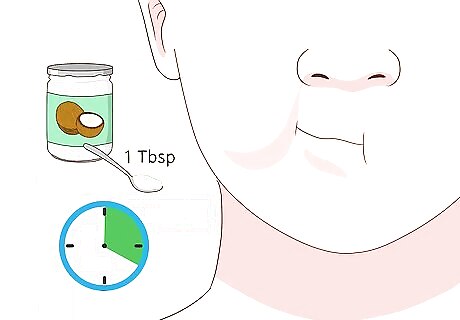
Rinse your mouth with coconut oil. Swish 1 tablespoon (14.8 mL) of coconut oil in your mouth for 15-20 minutes. There are claims that this reduces the amount of harmful bacteria in the mouth. When you swish the oil, the bacteria get “stuck” in the oil. This is how the bacteria, as well as plaque caused by bacteria, is removed. After 15-20 minutes, spit out the oil into a trash can without swallowing it (otherwise, you will be swallowing the bacteria in the oil). Do not spit oil in the drain, as it can harden and cause it to clog.
















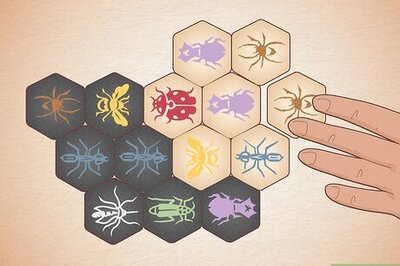

Comments
0 comment